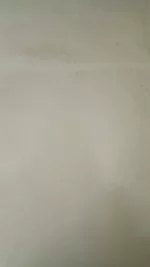It could be the mix they used for the roughcast, maybe this could be the effects of putting a waterproofer in your top coat? Think about it for a second it's quite simple and I've had this debate a few times on here, but we never discuss the problems. I put a waterproofer in my scratch, non in the top so when it rains the water will soak into the top coat but not get past the scratch, because it's not driving rain at that point. The rain stops, it dries out of the top coat and so on but if you have it in your top and scratch or like some have said non in the scratch only in the top. The driving rain will get in because it's not completely waterproof then the rain stops and it can't get out because it's not driving rain so will take a lot longer to dry which will keep your house nice and cold which will attract mould and similar to the pics, thoughts

and be nice xx

